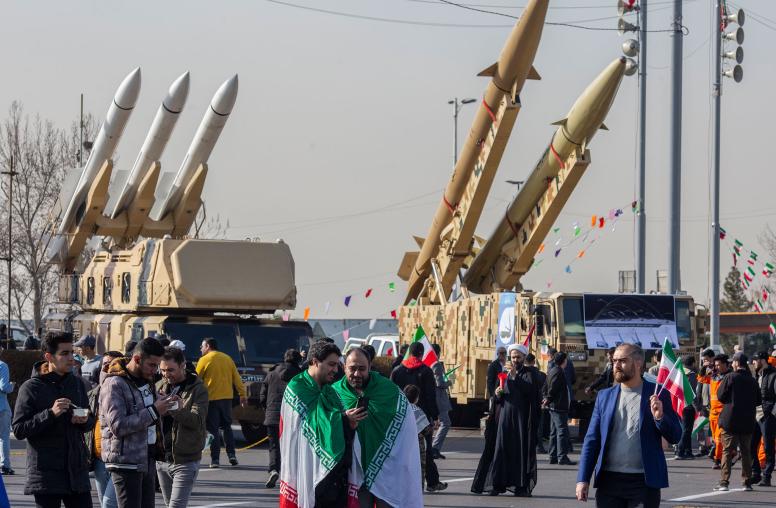Providing for the Common Defense
The Assessments and Recommendations of the National Defense Strategy Commission
The final report of the National Defense Strategy Commission is a compilation of the assessments of the National Defense Strategy and recommendations based on its analysis related not just to defense strategy, but also to the larger geopolitical environment in which that strategy must be executed. They consulted with civilian and military leaders in the Department of Defense, representatives of other U.S. government departments and agencies, allied diplomats and military officials, and independent experts.
This publication is the consensus report of the Commission. The Commission argues that America confronts a grave crisis of national security and national defense, as U.S. military advantages erode and the strategic landscape becomes steadily more threatening. If the United States does not show greater urgency and seriousness in responding to this crisis and does not take decisive steps to rebuild its military advantages now, the damage to American security and influence could be devastating.



